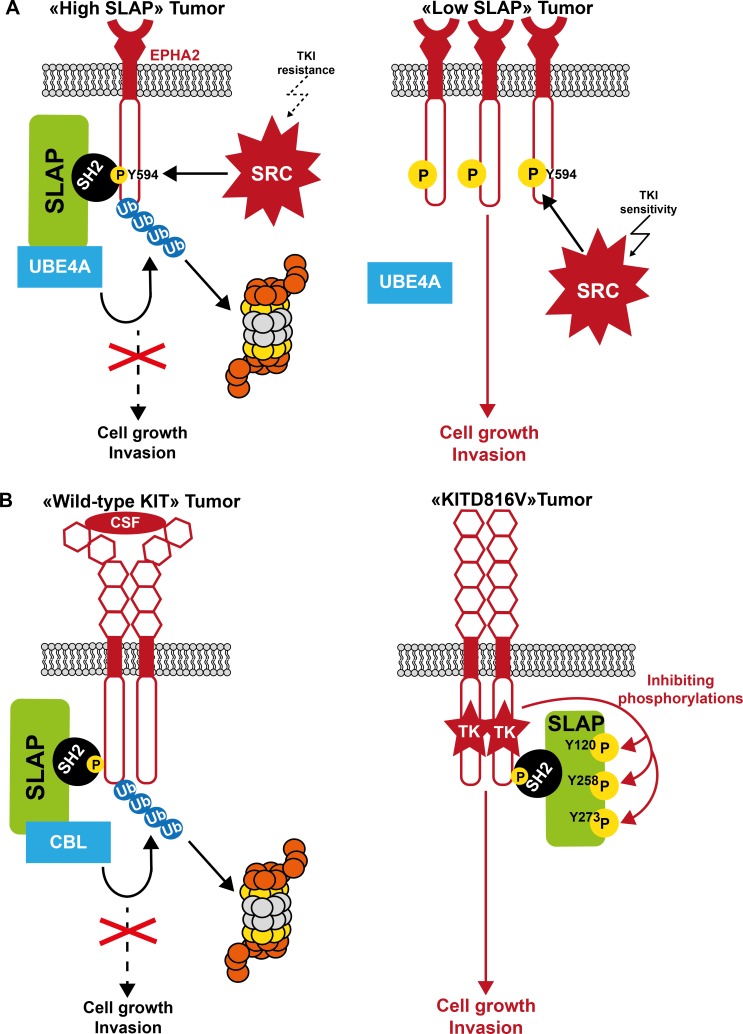Figure 4. Model of SLAP tumor suppressor function in human cancer.
A. Control of SRC oncogenic signaling by SLAP. In tumor cells with high SLAP expression, SLAP inhibits SRC oncogenic signaling by promoting destabilization of SRC oncogenic substrates, including the cell adhesive receptor EPHA2. This results in the restriction of tumor cell growth and invasion. When SLAP is inactivated, EPHA2 protein level is abnormally increased and SRC oncogenic signaling exacerbated, thus enabling metastatic progression. Consequently, tumor cells may be more sensitive to SRC-like inhibitors. B. Control of KIT oncogenic signaling by SLAP. SLAP regulates KIT-driven oncogenic signaling by promoting ubiquitination-dependent KIT degradation. However, upon expression of oncogenic KITD816V, this SLAP-mediated inhibitory mechanism is impaired through tyrosine phosphorylation, thus alleviating SLAP control on KITD816V oncogenic signaling.

